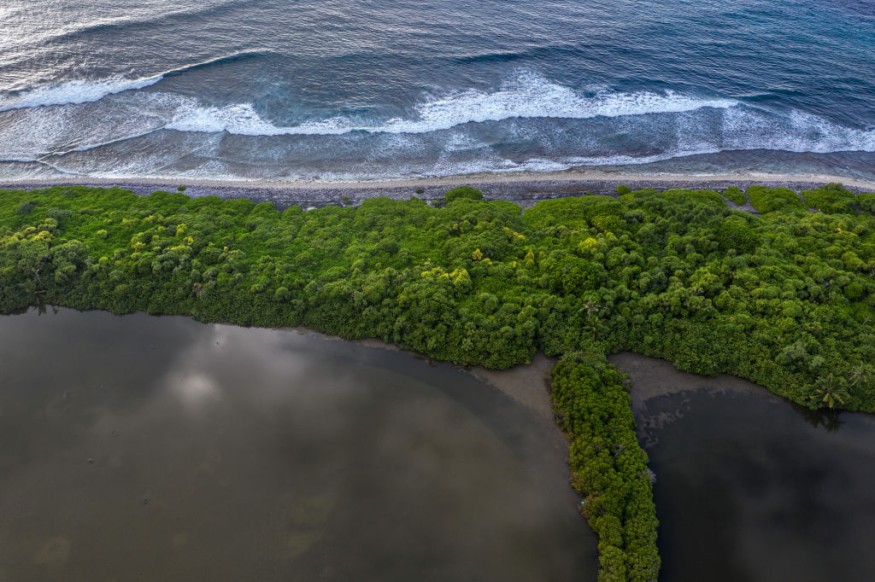
A sailboat staff's description of a bizarre white sea in 2019 is now being publicly verified and validated by aerial photos.
Satellite Imagery of the 'White Sea'
Staff workers aboard the Ganesha superyacht reported gazing out to ocean in the summer of 2019 and suddenly observed the ocean had gone white, nearly to the extent where they appeared to be cruising through ice, The Daily Mail reported.
As per recording of occurrences released in PNAS and the statement of once crewman, neither the hue and degree of the light was equivalent to glow-in-the-dark stars/stickers, or some sees that had luminous sections on the hands, a very gentle illumination that was pleasant on the eyesight.
The bright light popped up to radiate by about 30 feet below the ocean top, according to the commanding officer of the sail boat. So-called "milky seas" are an extremely uncommon occurrence that had heretofore been only explained by hearsay from ocean explorers.
Moreover, Steven Miller, the study's writer and a university lecturer of atmospheric science at Colorado State University claimed that it is easy to assume that hardly a bunch of individuals alive today even saw one. As the occurrent is not really very prevalent since they're not generally proximate to coast, so you must be in the suitable location at the perfect moment.
The Ganesha team was able to obtain several extremely low-quality photographs of the milky sea phenomena, that are used to confirm the narrative with aerial photographs collected of the Java Sea, south of Indonesia, over the corresponding timeframe, and which Miller published in the journal Nature in 2021.
The milky waters spanned 39,000 square kilometers in these photos. Milky seas are created by uncommon light - producing microorganisms that light white rather than blue or green.
Prevailing scientists theorize as shown in National Geographics that this remarkable brightness is caused by an epiphytic connection among bioluminescent bacteria and an organism of microalgal species conveying on a global level, with the bioluminescent reactions being stimulated when a predefined fertility rate threshold or quorum is attained.
Oddly, when the Ganesha staff got a pail data set of the milky ocean brine and mixed it thoroughly, the illumination became darker, as per the evidence compiled in PNAS. When other emission spectra are impeded, the bright light normally becomes brighter.
Also read : Strange Aquatic Creature from 518 Million Years Ago Could be the Relative of the Earliest Known Vertebrate
How the Sea Turned White
According to The Guardian, David Gruber, a professor of biology at City University of New York states that it adds a different collection of nutritional and crosswinds for this to result in a substantial bioluminescent slick lingering night.
Signaling pathway is the process by which these bioluminescent microbes transform on their bioluminescence just upon reaching a definite cell concentration.
The Milky Seas or Burning Seas are the consequence of trillions upon trillions of luminescent microbes, every cell transmitting a comparatively soft light. However, when they are united, their light is observed from satellite via sensor networks, and sprouts of 15,000 square kilometers have been observed.
The issue of why the white light seems to act in the reverse way as bioluminescence has yet to be answered; one hypothesis is that the phytoplankton genus may have a magnesium protective layer, causing the glow to look whiter.
"It could be [Emiliania huxleyi]," Jan Geert Hiddink, senior lecturer at Bangor University's School of Ocean Sciences, informed Newsweek. "It has a calcareous exterior, which appears white."
In any case, the fact that milky oceans can be detected by aerial photographs implies that researching and resolving their secrets will be simpler in the foreseeable.
Related article : Radioactive Material in Pacific Ocean Corals Could Mark New Epoch
© 2025 NatureWorldNews.com All rights reserved. Do not reproduce without permission.





